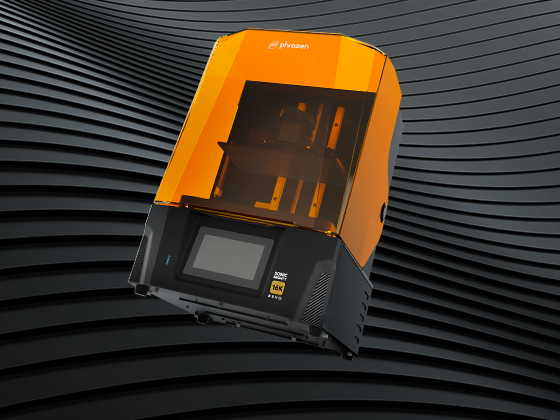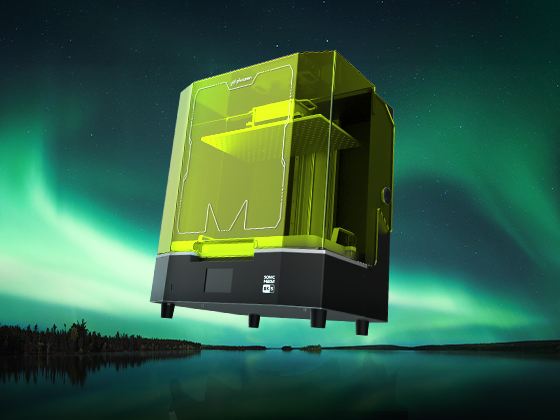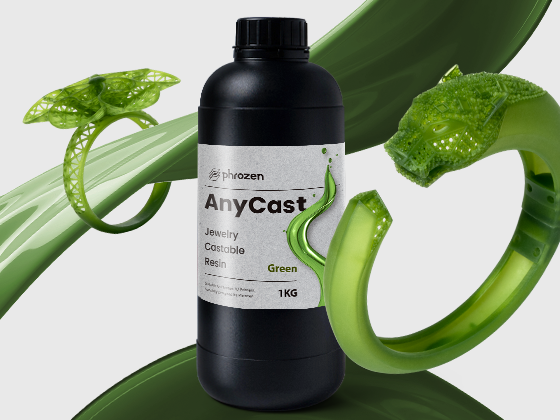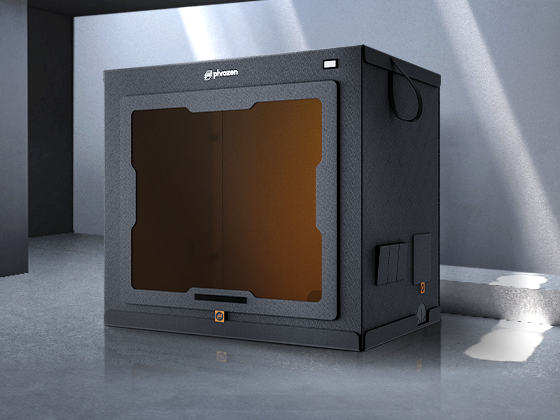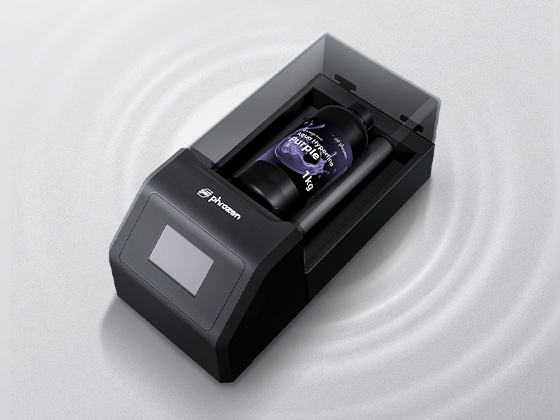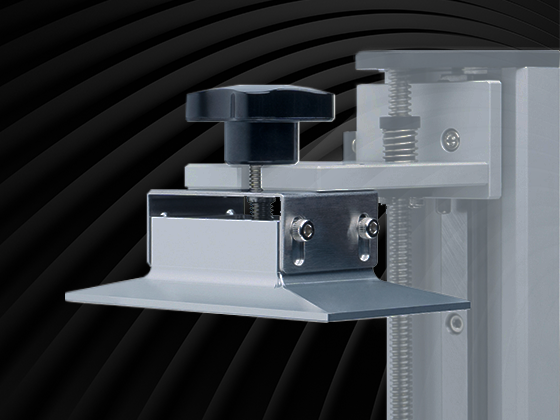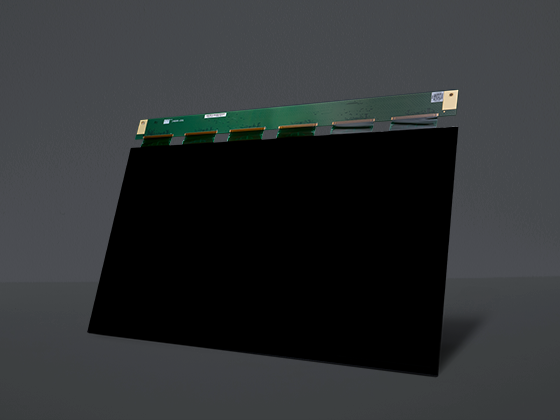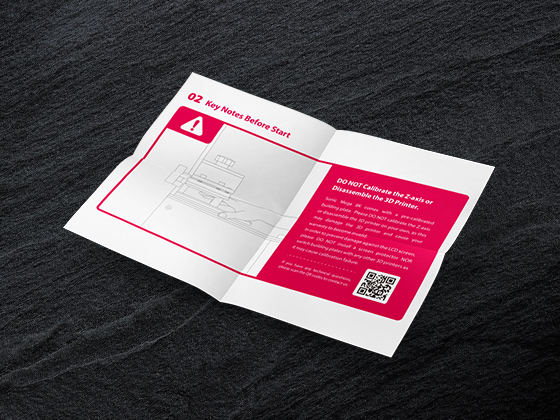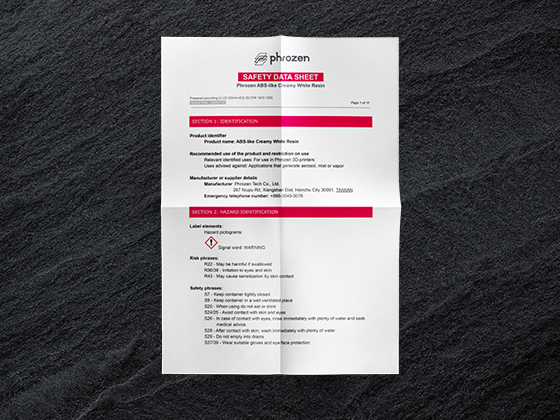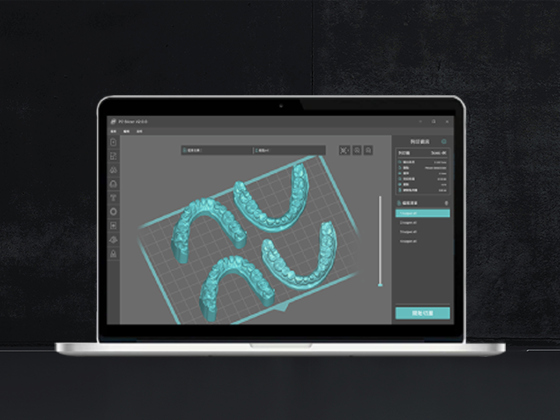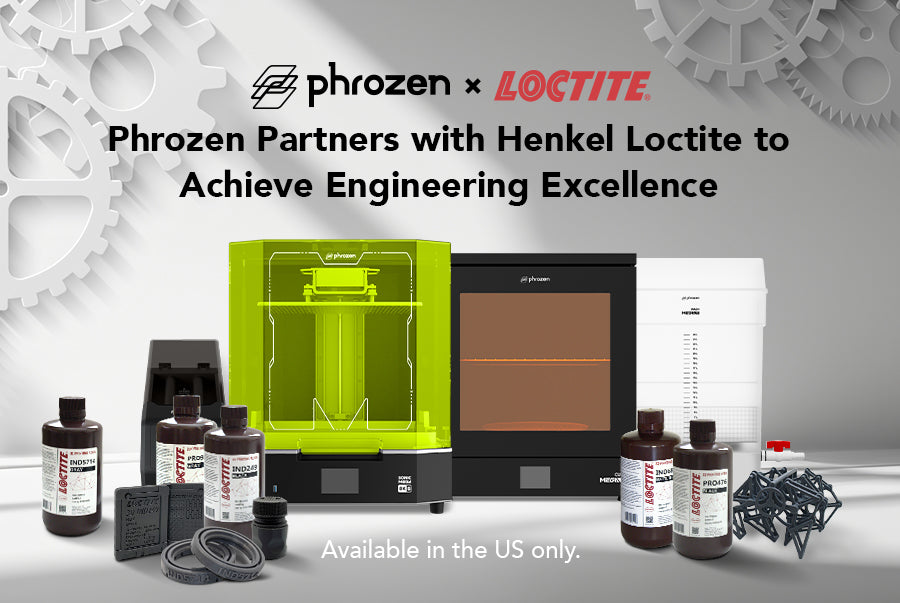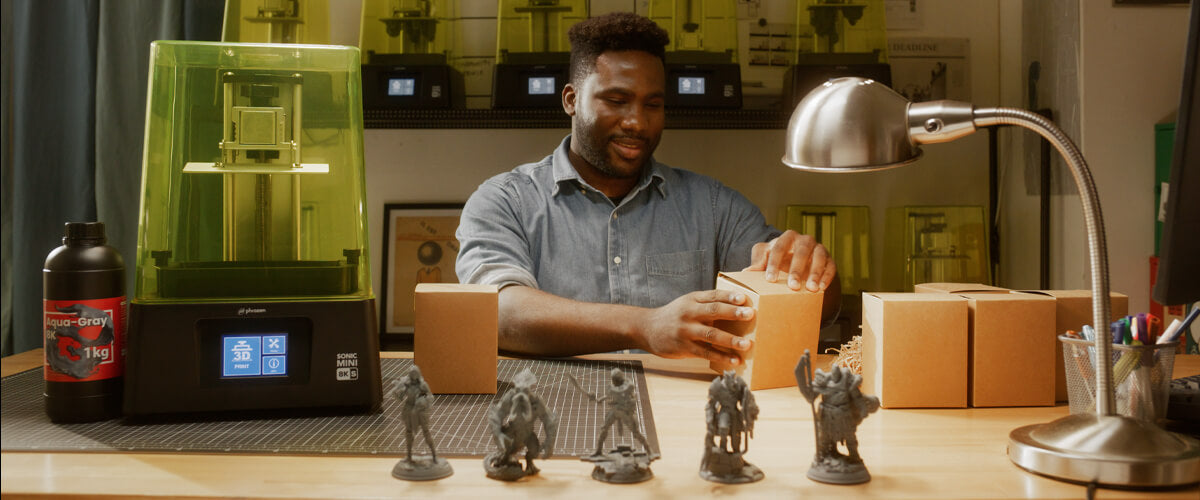One of the biggest challenges in 3D printing has always been the materials. Many users find that while their printers can handle basic resins well, they struggle to access engineering-grade options that offer the strength, flexibility, or heat resistance needed for professional work. Until now, these resins were mostly limited to costly industrial printers, leaving desktop users with fewer choices.
Phrozen and Henkel are working together to close that gap. Phrozen is known for making high-resolution and reliable printers accessible to creators around the world. Henkel, established in 1876 in Germany, is a global leader in adhesives and materials science with its LOCTITE brand widely recognized for high-performance engineering resins. By combining these strengths, the collaboration makes it possible for everyday users to print with the same advanced materials trusted by industrial professionals.
The result is simple: Phrozen printers can now work with Henkel’s LOCTITE resins. This gives designers, engineers, and makers access to a new level of reliability and functionality directly from their desktop setups.
Why This Collaboration Matters
For many creators, the gap between consumer-grade resins and engineering resins has been a barrier. Consumer resins are affordable and easy to use, but they are not always durable enough for industrial applications. Engineering resins, on the other hand, deliver excellent mechanical properties but usually require expensive hardware.
The Phrozen × Henkel collaboration changes that equation. Phrozen provides printers that are affordable yet precise, while Henkel contributes its expertise in advanced resin chemistry. Users benefit in three key ways: they can access more professional applications, spend less time experimenting with settings thanks to pre-tested resin profiles, and avoid the high costs of industrial equipment.
This partnership makes engineering-grade 3D printing more practical for small studios, service providers, and even individual makers. It broadens what can be done with a desktop printer and lowers the barrier to printing functional, production-ready parts.
Meet the 5 Loctite Resins

The collaboration introduces five distinct LOCTITE resins. Each one is designed for different challenges, from heat resistance to flexibility. Together, they expand what Phrozen users can achieve with their printers.
1. LOCTITE 3D IND249 – High Temp

IND249 is built for parts that need to stay stable in high-temperature environments. It combines high stiffness with good dimensional accuracy and low viscosity, which means it can handle complex geometries without sacrificing precision.
Ideal uses: mold tooling, production aids, and parts that need to perform under heat.
2. LOCTITE 3D PRO9274 – High Resolution

PRO9274 is a general-purpose resin that balances durability with fine detail. It is easy to print and cost-effective, which makes it suitable for both prototyping and functional everyday parts.
Ideal uses: prototypes, test components, and jigs or fixtures that require surface detail and strength.
3. LOCTITE 3D IND6845 – Tough

IND6845 offers a balance between toughness and heat deflection. It is optimized for faster printing, making it efficient for industrial environments that require both durability and speed.
Ideal uses: end-use plastic parts, industrial tools, and fixtures.
4. LOCTITE 3D PRO476 – Tough

PRO476 provides strong impact resistance and a smooth surface finish. With moderate heat resistance, it works well for parts that must handle stress while maintaining a clean appearance.
Ideal uses: performance prototypes, housings, covers, and assembly tools.
5. LOCTITE 3D IND5714 – Flexible

IND5714 is designed for flexibility and rebound. It combines a soft feel with high elongation, making it suitable for parts that need to absorb impact or bend repeatedly.
Ideal uses: shock absorbers, gaskets, sports gear, and soft robotics such as grippers and prosthetics.
How These Resins Help You Create More
The addition of these resins is not just about having more choices. It changes what is possible for everyday users of Phrozen printers. Each resin is designed to solve a specific challenge, whether it is durability, heat resistance, or flexibility. This makes it easier to match the right material to the right project.
For designers and engineers, it means faster prototyping with fewer compromises. Instead of outsourcing or relying on industrial systems, they can validate designs in-house and shorten development cycles. Service providers gain the ability to accept more types of orders, from functional industrial parts to consumer-ready products. Hobbyists and makers who want to push beyond decorative prints can now explore practical applications with confidence.
The benefit also extends to efficiency. Because resin profiles are already tested and optimized, users can avoid the usual trial and error that comes with new materials. This reduces wasted resin, saves time, and helps achieve consistent results across prints.
By combining Phrozen’s stable printing platforms with Henkel’s trusted resin formulations, the collaboration creates a straightforward path for anyone looking to expand what they can do with 3D printing.
Who Benefits Most?
The Phrozen × Henkel collaboration is designed to meet the needs of several different groups of users. Each group benefits in a unique way:
Existing Phrozen Users
Current Phrozen owners make up the largest group. They can immediately expand the range of applications for their printers by adding LOCTITE resins to their workflow. With official resin profiles available, they can trust that the materials will work smoothly without extensive testing. This extends the value of their machines and allows them to take on more advanced projects.
LOCTITE Resin Users
Professionals who already know and trust LOCTITE materials now have the option to use them on Phrozen’s desktop printers. Instead of relying only on high-cost industrial equipment, they can create functional parts in smaller spaces at a lower cost. This makes it easier to prototype quickly while staying consistent with the same materials used in larger-scale production.
New Customers
For those who are new to both Phrozen and Henkel, the collaboration provides reassurance. The partnership brings together two well-established brands, which reduces uncertainty when investing in new equipment and materials. New users can start with a complete solution that covers both the printer and a range of resins suitable for professional applications.
Conclusion
3D printing continues to grow, but its progress depends on both reliable machines and advanced materials. The collaboration between Phrozen and Henkel bridges these two needs. By making LOCTITE engineering resins available on Phrozen printers, it becomes possible to print high-performance parts on accessible desktop systems.
Whether it is heat-resistant molds, impact-ready prototypes, or flexible components for robotics, these resins expand what can be created and how quickly ideas can move from concept to reality. For existing Phrozen users, LOCTITE resins unlock more potential from their current printers. For professionals already familiar with Henkel, the collaboration offers a more affordable and flexible way to keep using trusted materials. And for new users, it provides a complete entry point backed by two established names in the industry.
The future of 3D printing is not just about better printers or better resins. It is about combining both so users can achieve more. Phrozen and Henkel are making that future available today.

